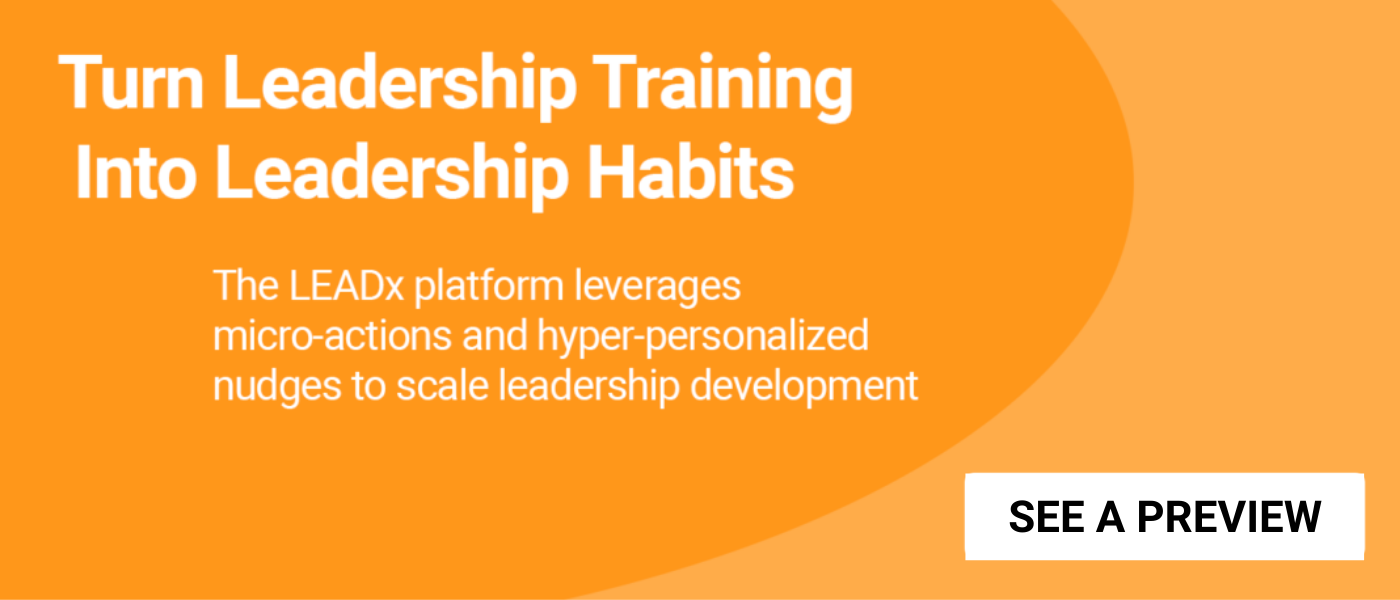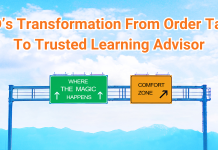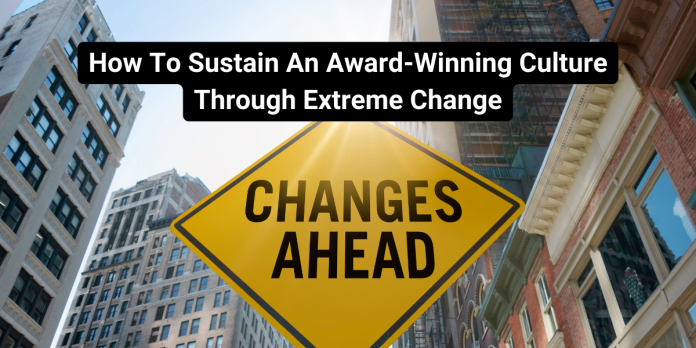
Employee experience might just be the single biggest lever for revenue. Recent research from SalesForce on over 1,000 companies shows that improvements to employee experience can lift revenues by as much as 50%.
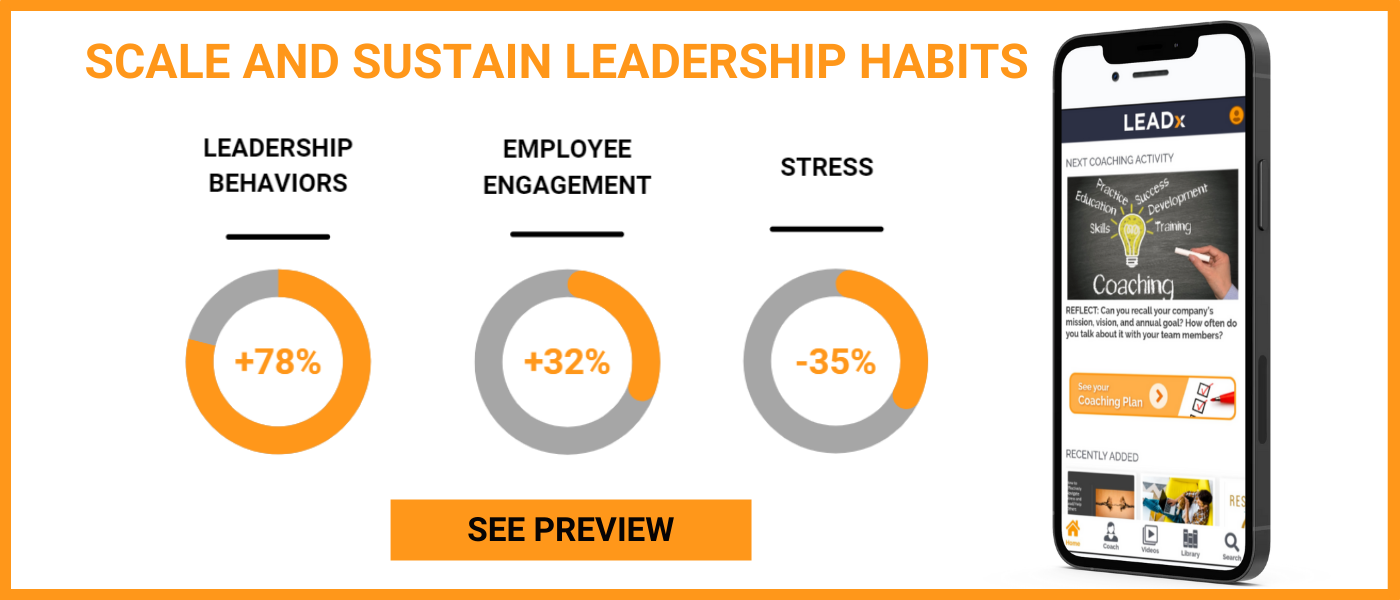 One of the most significant challenges a company can encounter is how to sustain high engagement scores through times of change. To take a close look at a company that’s accomplished exactly that, I met with the Chief People Officer (CPO) of SCAN Group and SCAN Health Plan, Lindsay Crawley-Herbert.
One of the most significant challenges a company can encounter is how to sustain high engagement scores through times of change. To take a close look at a company that’s accomplished exactly that, I met with the Chief People Officer (CPO) of SCAN Group and SCAN Health Plan, Lindsay Crawley-Herbert.
Despite forging through times of change, SCAN has managed to continue to improve its engagement scores and continue to decrease turnover. And along the way, the company has achieved awards for:
- Great Place to Work for three years running.
- Ranked the #1 Medicare Advantage Provider for Member Satisfaction in California based on the results of the J.D. Power 2023 U.S. Medicare Advantage Satisfaction study.
- Modern Healthcare's Top Innovator Organizations
- Fortune’s Best Workplaces for Women
SCAN was founded as the Senior Care Action Network 46 years ago by a group of culturally and gender-diverse senior activists who were dissatisfied with the lack of access to care and services required to stay healthy and independent. At just under 5 billion in revenue, SCAN now has about 1,700 employees.
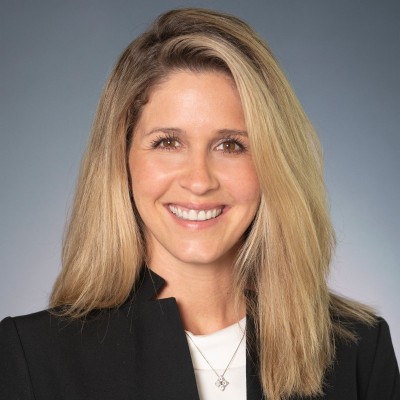
SCAN Sustains Its Culture with Three Key Initiatives
There’s no one-size-fits-all way to sustain company culture. Often, the best strategies for sustaining culture are those that are unique to a company. At SCAN, here are a few key strategies employed to foster culture:
- Pursuing the Possible – This is a grassroots, front-line initiative involving all SCAN employees. “The front line consists of some of the most valuable employees within our company. They see it all. They are the ones who know how our members experience our service. This initiative encourages employees to share their ideas and solutions to challenges that will enable us to improve on what we do and how we do it,” Crawley-Herbert said.
- A Top-Down Open-Door Policy – “We have an open-door policy and our CEO puts his personal cell phone on emails,” Crawley-Herbert highlighted. “We want to hear from our employees. We have listening sessions at all different levels of the organization. We have what we call ‘Lattes with Leadership,’ where there’s no formal agenda. Rather, there’s an open dialogue where we can hear directly from employees about what they are experiencing, what is going well, and what they want to see differently.”
- Leadership Development for All People Leaders – SCAN also has a program called “Leading at SCAN.” “All of our people leaders go through the same training,” Crawley-Herbert said. “That way, we're all speaking the same language, and we all know the expectations.”
Digging Deeper Than Engagement Surveys
With engagement scores already so high, SCAN has decided to push deeper with qualitative feedback to try to explore even further below the surface when it comes to engagement.
“We've expanded our engagement surveying to include open-ended questions. And we consistently communicate to our employees that we want their candid feedback,” Crawley-Herbert remarked. The idea is to uncover hotspots or comments that someone might not feel comfortable bringing up during a listening session. “We also offer executive office hours, fifteen-minute one-on-ones biweekly with various executives, including our CEO and his direct reports,” she said. “We encourage our employees to submit Glassdoor reviews and have a platform for employees to anonymously submit comments, questions and feedback.”
SCAN Develops Culture by Developing Its First-Line Leaders
Since research correlates 70% of employee engagement to an employee’s relationship with their manager, the way a company develops its leaders can be incredibly telling of its culture.
At SCAN, managers go through multiple touchpoints of development:
- “Leading at SCAN.” All people leaders (including executives) go through “Leading at SCAN” to establish a common vocabulary and approach to leadership.
- “Managing in the Gray.” “We do this very interactive, small group training for some of our frontline leaders to help them lead in ambiguous environments where each employee needs something different,” Crawley-Herbert explained.
- DiSC. All employees take the DiSC assessment and go through training about how someone shows up and how to best work with someone with a different style.
- “Trading Ages.” All new employees that join SCAN go through this training. The program is designed to put employees in the shoes of SCAN members. “This program gives our employees the opportunity to experience common ailments as we age, like hearing and vision loss,” Crawley-Herbert remarked. “This helps to build empathy and establish a common language and experience around what our members experience.”
- “Togetherness Program.” “Loneliness is an epidemic affecting older adults. And it is an issue with hybrid work environments as well. So this is a program that benefits both our employees and our members. Employees are assigned a member that they can build a relationship with,” Crawley-Herbert said. “And amazingly, what we have found with our engagement scores and retention is that our employees who are involved in the Togetherness Program score much higher than those that aren't, likely because of the connection to our mission.”
Crawley-Herbert’s Advice for CPOs: Stay in Touch with the Outside Environment
Crawley-Herbert’s advice for someone stepping into a chief people officer role was to recognize the impact that the outside environment has on your role. “I entered my first CPO job during COVID, and I had to solve and maintain a strong culture in a remote working environment, and then evolve and move into a hybrid working environment,” Crawley-Herbert shared as an example. “And more generally,” she continued, “it’s essential to stay on top of best practices, stay on top of the industry—not just the HR industry but the business industry. Ultimately, what I am focused on is talent—bringing in the right talent, retaining the right talent, growing the right talent, and creating an employee experience and culture that helps us ultimately meet our business goals. And outside forces have a huge impact on talent.”


